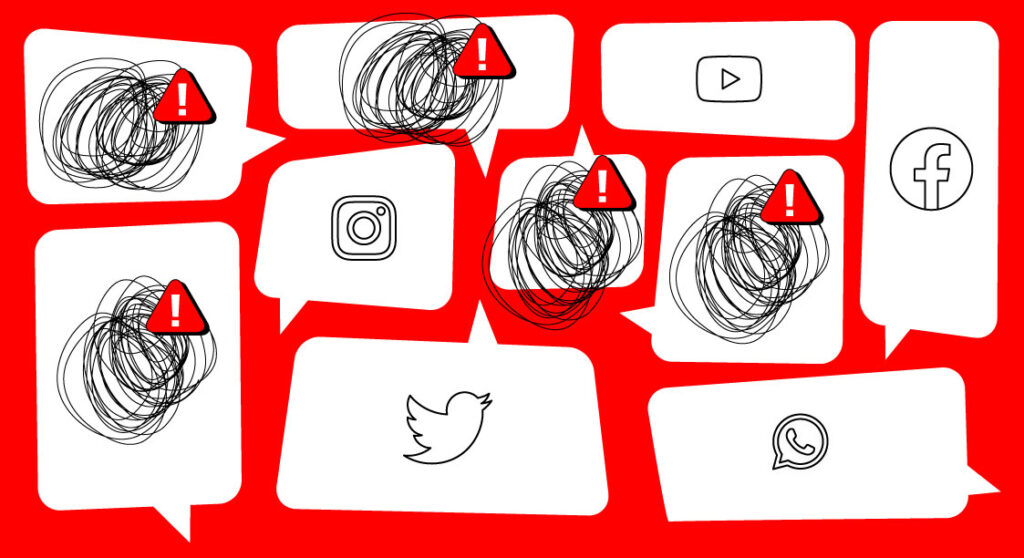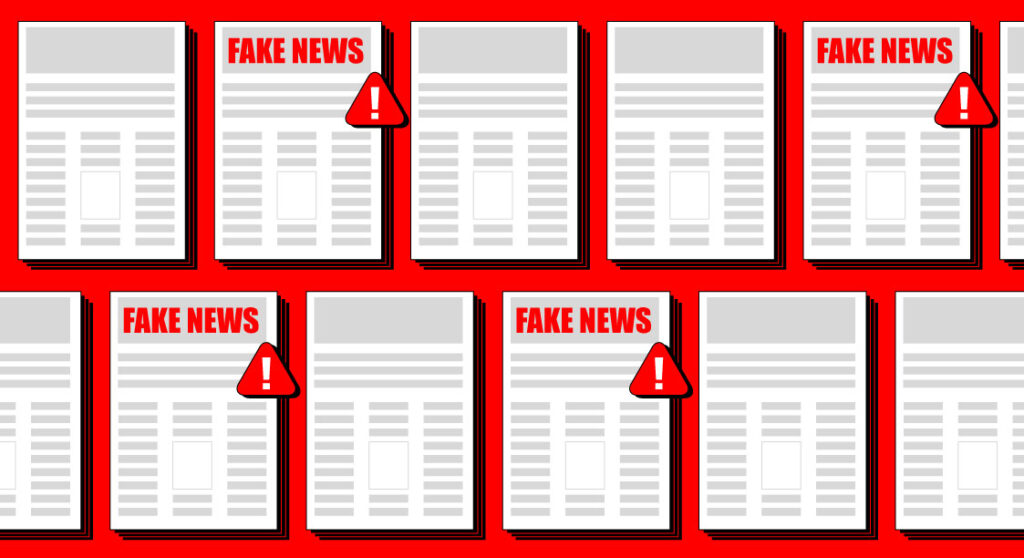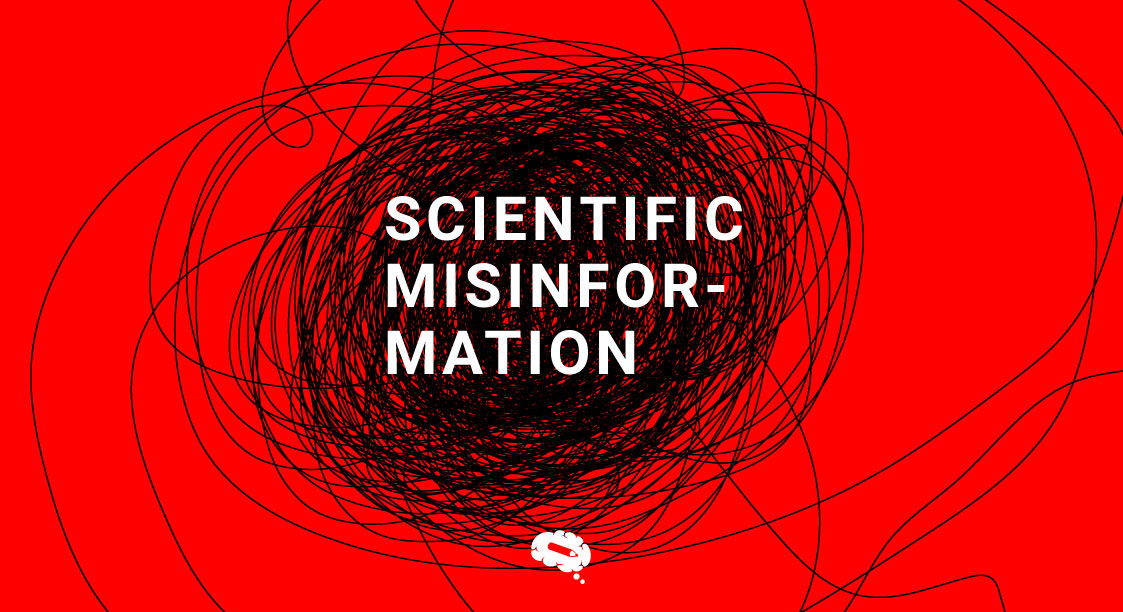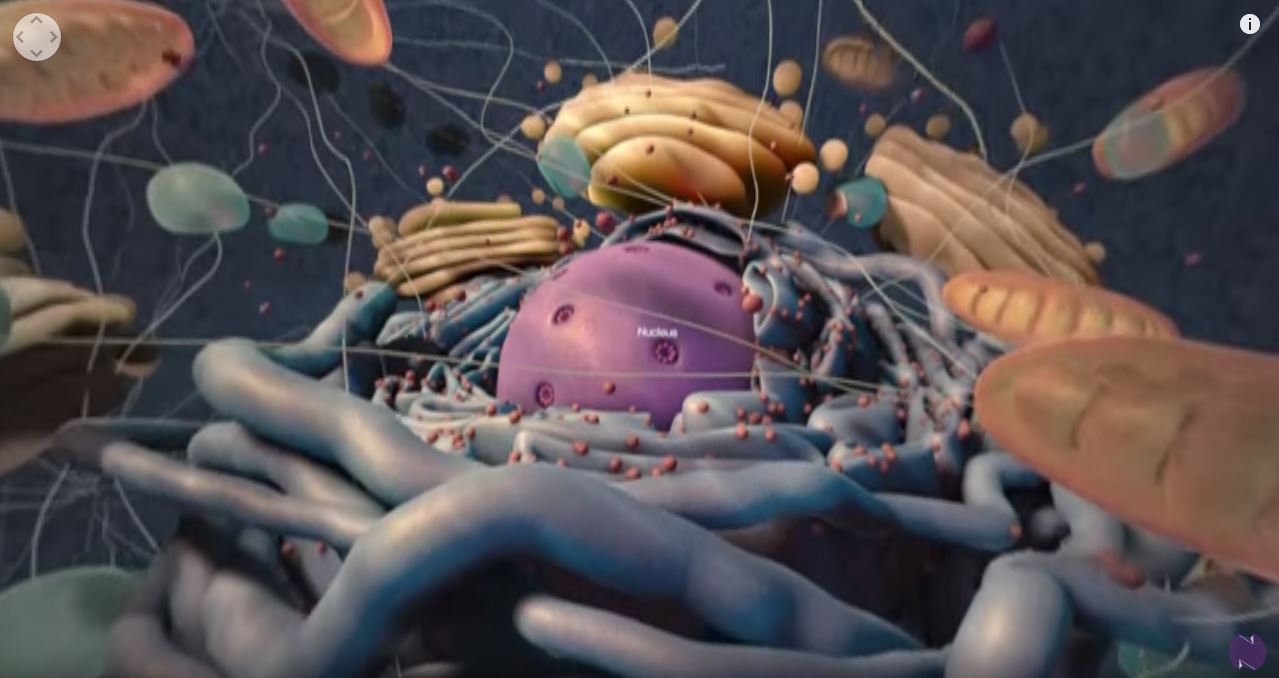Are you aware of the dangers of scientific misinformation and the critical importance of being vigilant when seeking scientific information? Let’s explore the potential harm caused by scientific misinformation and discover effective strategies to avoid false or equivocal scientific claims.
What is Scientific Misinformation?
Scientific misinformation refers to false or misleading information about scientific concepts, facts, theories, or findings that are spread through various channels such as social media, papers, television, online forums, or any information channel. This misinformation can have serious consequences, as it can lead to public confusion, mistrust of science, and even harm to public health.

The impact of Scientific Misinformation
Scientific misinformation can significantly impact society, from undermining public trust in science to potentially harmful consequences. One of the main issues is that it can cause people to make decisions that are not based on accurate information. Another issue with scientific misinformation is that it can be difficult to correct. Once a false or fallacious claim has been spread widely, it can be challenging to undo the damage and convince people of the correct information. This is because misinformation often appeals to people’s emotions, which can be hard to overcome with logical arguments or evidence. It can also lead to public panic or complacency, which can harm public safety.
Some of the key impacts of Scientific Misinformation are:
- Public health: Scientific misinformation can lead to harmful health practices, such as refusing to get vaccinated or taking unproven remedies for illnesses. This can lead to outbreaks of diseases, as well as unnecessary suffering and death.
- Environmental damage: Misinformation about the impact of human activities on the environment can lead to the spread of dangerous practices, such as deforestation or the use of fossil fuels, which can have negative effects on the environment, including climate change.
- Economical consequences: Scientific misinformation can also lead to financial losses and missed opportunities. For example, if people are misinformed about the safety and effectiveness of a particular product, they may be less likely to use it, causing the product to fail in the market.
- Diminished trust in science: When scientific information is misrepresented or misused, it can erode trust in the scientific community and undermine public confidence in science-based policy decisions. This can make it more difficult for scientists and policymakers to make evidence-based decisions.
- Spread of conspiracy theories: Misinformation can spread conspiracy theories and pseudoscientific ideas faster, leading to severe consequences for public discourse and democratic processes.
Where does it come from and how can it spread?
The source of Scientific misinformation can come from any information channel, including individuals, organizations, and the media. Some individuals may spread misinformation unintentionally due to a lack of scientific literacy or critical thinking skills.
Scientific misinformation can spread quickly and easily in various ways. It may intentionally be spread to promote an ideology or a false belief. Organizations may spread misinformation to manipulate public opinion or profit. Here are some examples of how this can happen:
- Social media: Social media has played a significant role in the spread of scientific misinformation in recent years. False information can go viral quickly on the internet, and algorithms that prioritize engagement over accuracy can exacerbate the problem.
- Conspiracy theories: Those who reject mainstream scientific views can also contribute to the spread of misinformation. These theories often support their claims with selected evidence or outright falsehoods.
- Misleading or biased news coverage: News outlets may misinterpret scientific studies or present information inaccurately or misleadingly.
- Personal beliefs and biases: People may reject scientific evidence that conflicts with their beliefs or accept false information confirming their beliefs.
- Lack of scientific literacy: People who do not understand the scientific process or how to evaluate evidence may be more likely to accept false information as true.

The importance of critical thinking and fact-checking
To combat scientific misinformation, scientists, journalists, and educators need to communicate accurate information clearly and effectively. This may involve using different communication strategies depending on the audience and the type of misinformation being addressed.
However, the responsibility of combating misinformation is for more than just these professionals. Individuals themselves must also take an active role in fact-checking claims and sources of information. Developing critical thinking skills and scientific literacy is essential to being able to distinguish fact from fiction.
It’s important to critically evaluate sources of information and fact-check claims before accepting them as true. Fact-checking sources and seeking out reputable scientific information can also play a critical role in combating misinformation. This may involve using trusted sources such as peer-reviewed journals, reputable news outlets, and government agencies.
Scientific illustrations from the world’s largest scientifically accurate illustrations gallery
Mind the Graph is a platform that offers a comprehensive suite of tools and resources to help scientists create visually appealing and scientifically accurate illustrations. The platform provides access to the world’s largest collection of scientifically accurate illustrations. Create slide presentations, graphical abstracts, infographics, and more with just a few clicks.

Subscribe to our newsletter
Exclusive high quality content about effective visual
communication in science.





